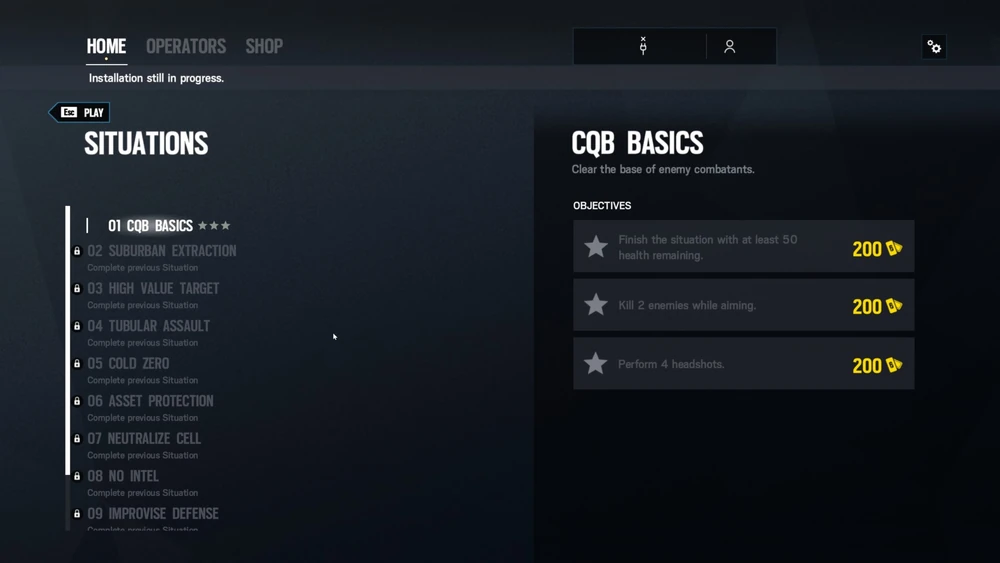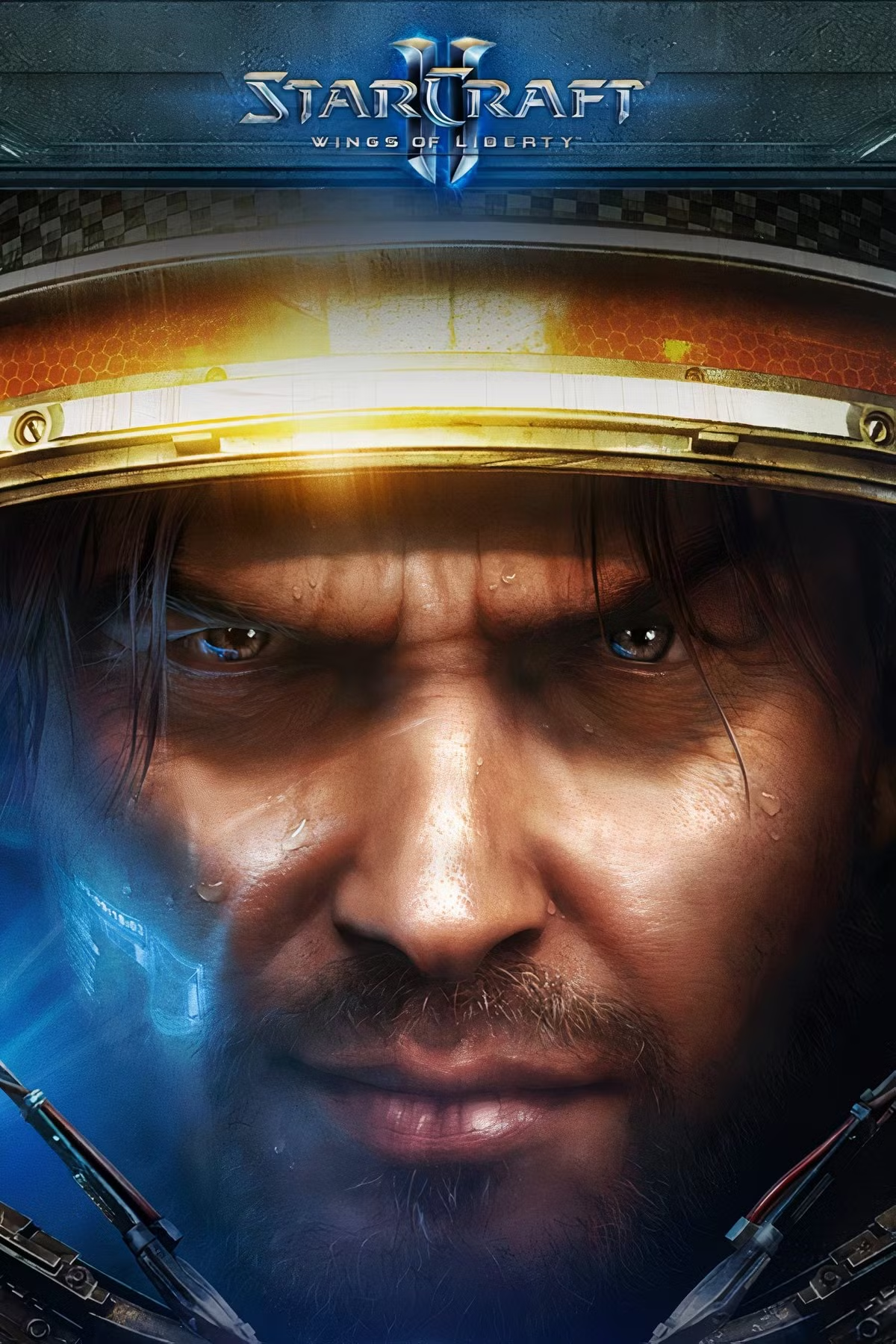I was warned that I would “bounce off” a game like StarCraft 2. By “bounce off,” I think people meant that I would try it once, realize it’s not for me, then never play it again. StarCraft 2 is a competitive real-time strategy game; it is complex, high-pressure, and challenging to master.
As of now, I’ve only completed the tutorial, and already I’m convinced that, for me, “bouncing off” will have nothing to do with difficulty and everything to do with onboarding.
What does good onboarding look like? Let’s take Rainbow Six Siege as an example, a game I certainly did not bounce off of. Rainbow Six Siege is also quite a complicated, high-pressure game, full of moment-to-moment combat, fast reflexes, and a necessity for both skill and strategy. However, you don’t need to learn all of that all at once.
The game’s tutorial, at least at the time while I was learning to play, was broken up into ten unique “situations.” A short video introduction explains a new mechanic or two, and then the mission starts. The first situation starts out slow; the only objective is the defeat a few enemies hiding out in the building. As the missions go on, players experience new enemies, weapons, gadgets, and game modes. By the time the player has completed the ten situations, they have been exposed to all of the game’s major mechanics.

What was good about this tutorial?
1. They spread the tutorial out over ten missions instead of packing it into one.
2. New concepts were only taught when they were relevant.
3. Missions built on each other, allowing the player to reinforce what they learn while introducing new mechanics.
4. The “situations” were narratively embedded into the game, even though they lived apart from the core game loop.
Now, let’s contrast this onboarding experience with that of StarCraft 2:
1. Instead of ten missions, the tutorial is fit into three “stages.” Each stage covers all the mechanics of one playable race.
2. At the start of each stage, an information card appears introducing each of the available units from that race, all at the same time.
3. The three-level sequence of tutorials had an overarching series of events happening between them. However, each level focused on the mechanics of a single race. These mechanics overlap in some ways but differ quite a bit.
4. Like Rainbow Six Siege, the tutorial was narratively embedded into the game but existed apart from the core game loop.

So, what could StarCraft 2 do to improve its tutorial? First, I suggest picking one race for the initial tutorial. You want to get players into the game as fast as possible, but the StarCraft 2 tutorial took me about an hour. Pick whichever race is the easiest to play and teach the player how to play StarCraft 2 through that race. Once players have played a few matches and gotten a sense of how the game works, they can try playing the other races in secondary tutorials.
Second, I would not show the information card at the start of each stage. It’s too much information; as soon as I clicked away, I forgot everything I read. Instead, show the written information about each unit as you interact with it for the first time. To quote myself from an earlier assignment, “reading is hard and not fun.” I’m told info cards like this one are generally regarded as a suboptimal way to introduce information.
Since I only completed the tutorial, the scope of my critique is limited to the tutorial itself. Before I completely “bounce off” of StarCraft 2, I think I ought to give a few online matches a try. I’ll have to suspend my judgment until then.


